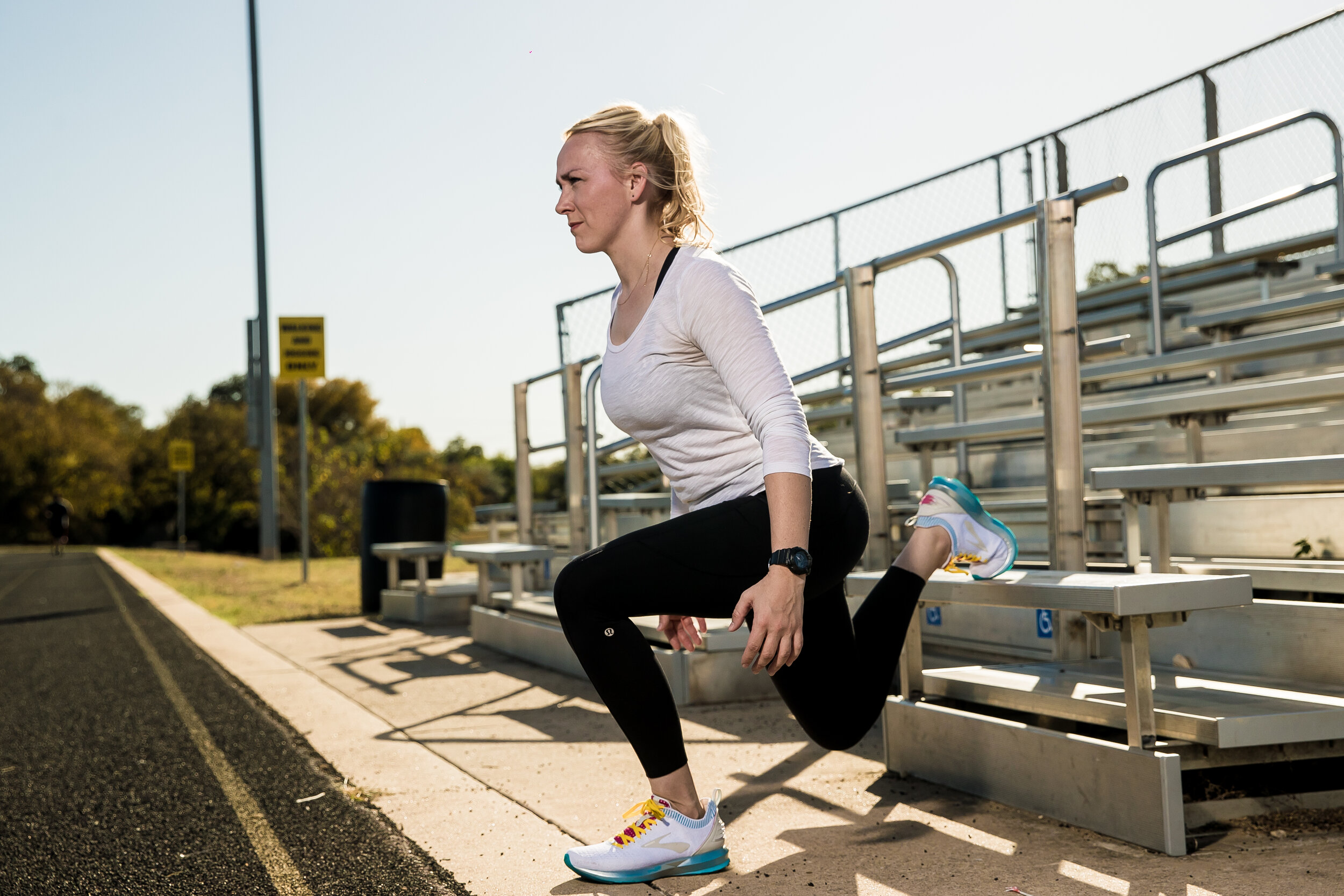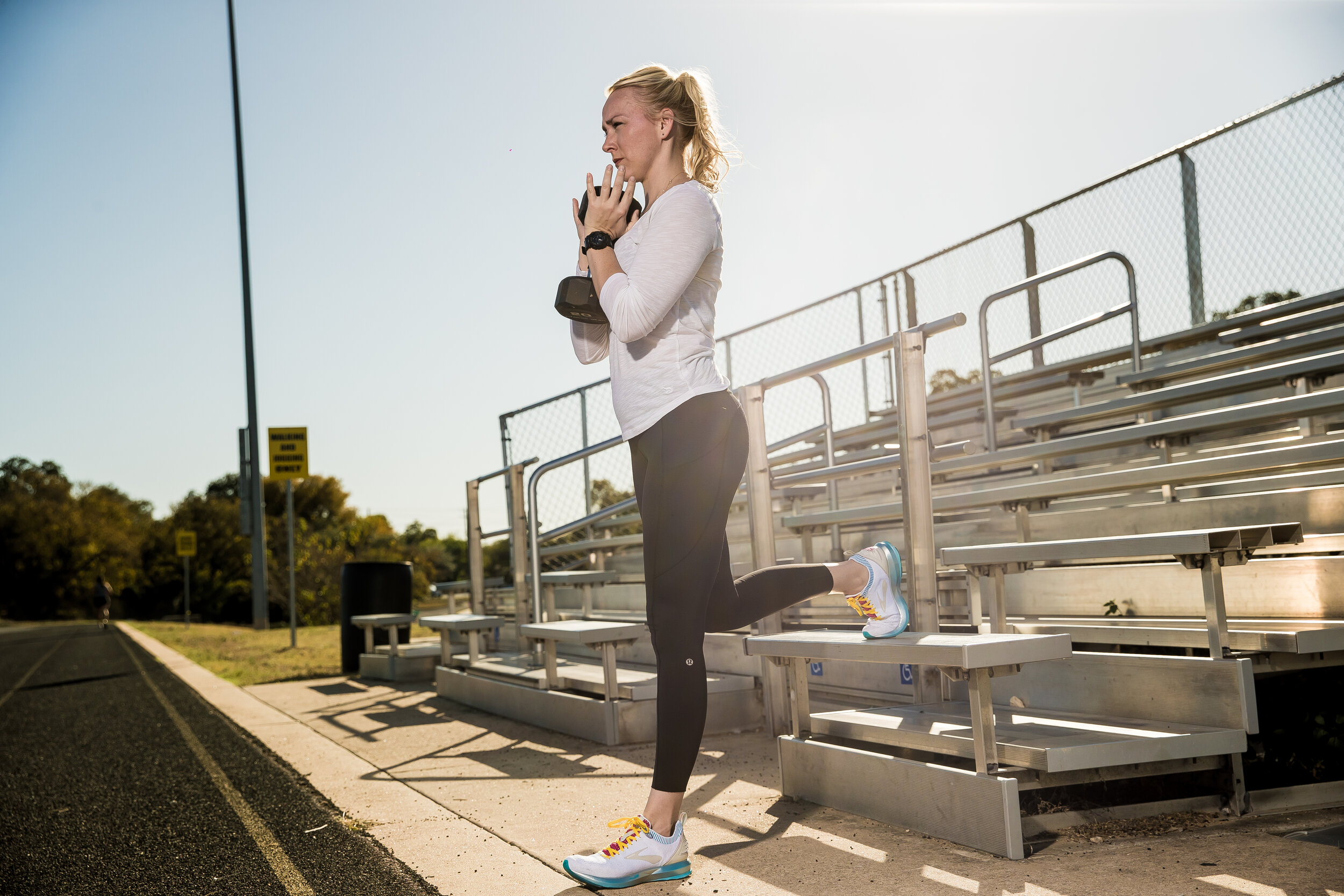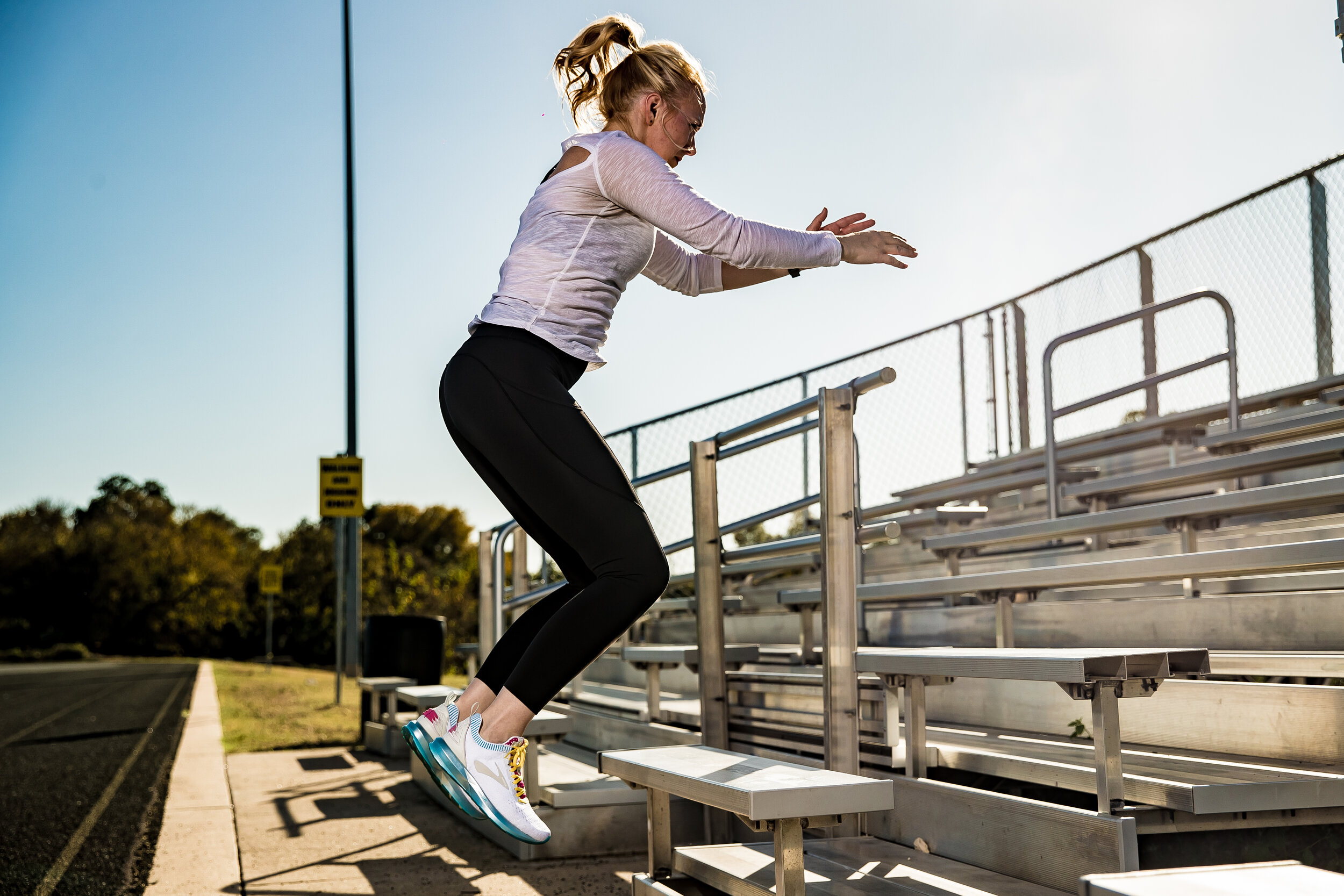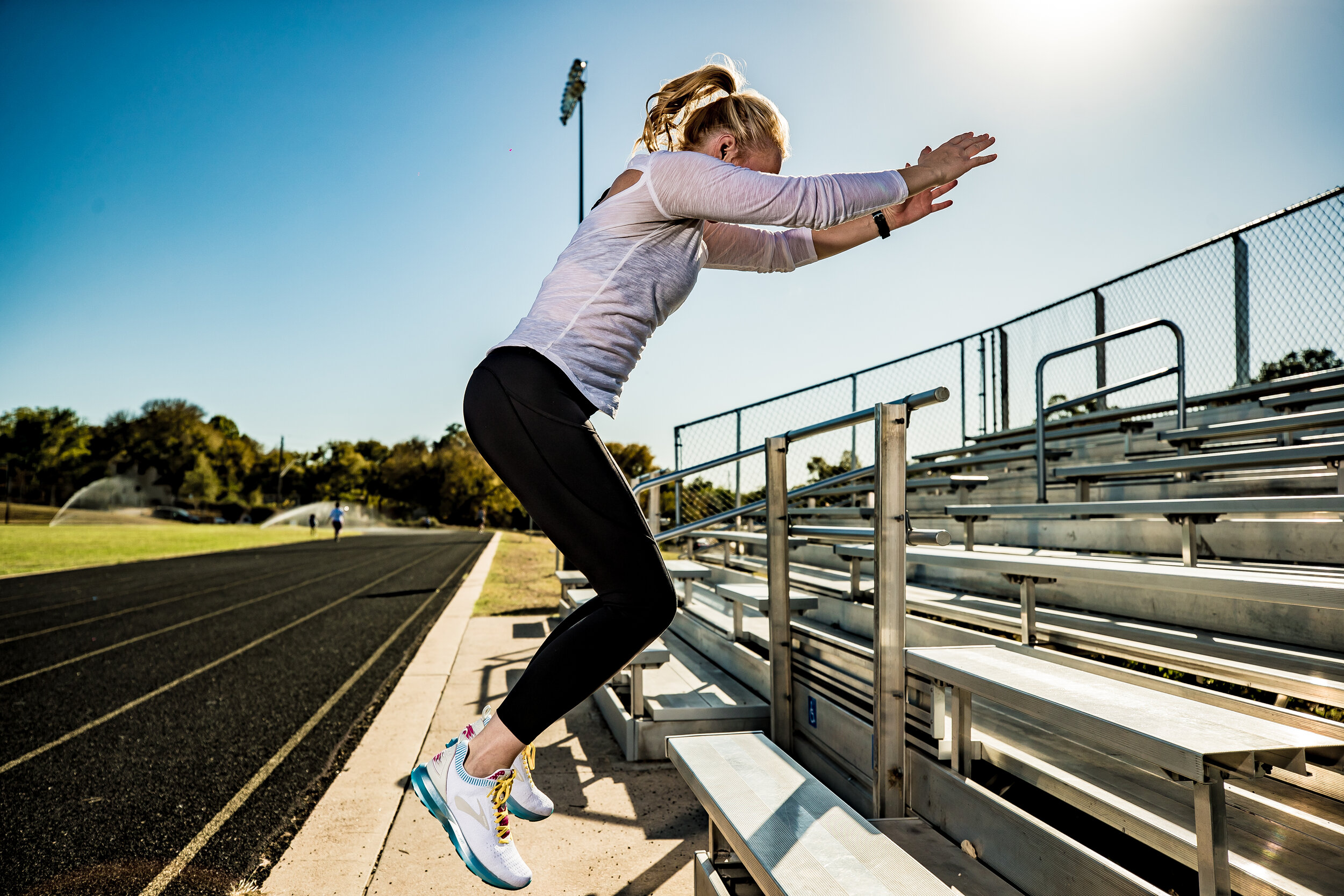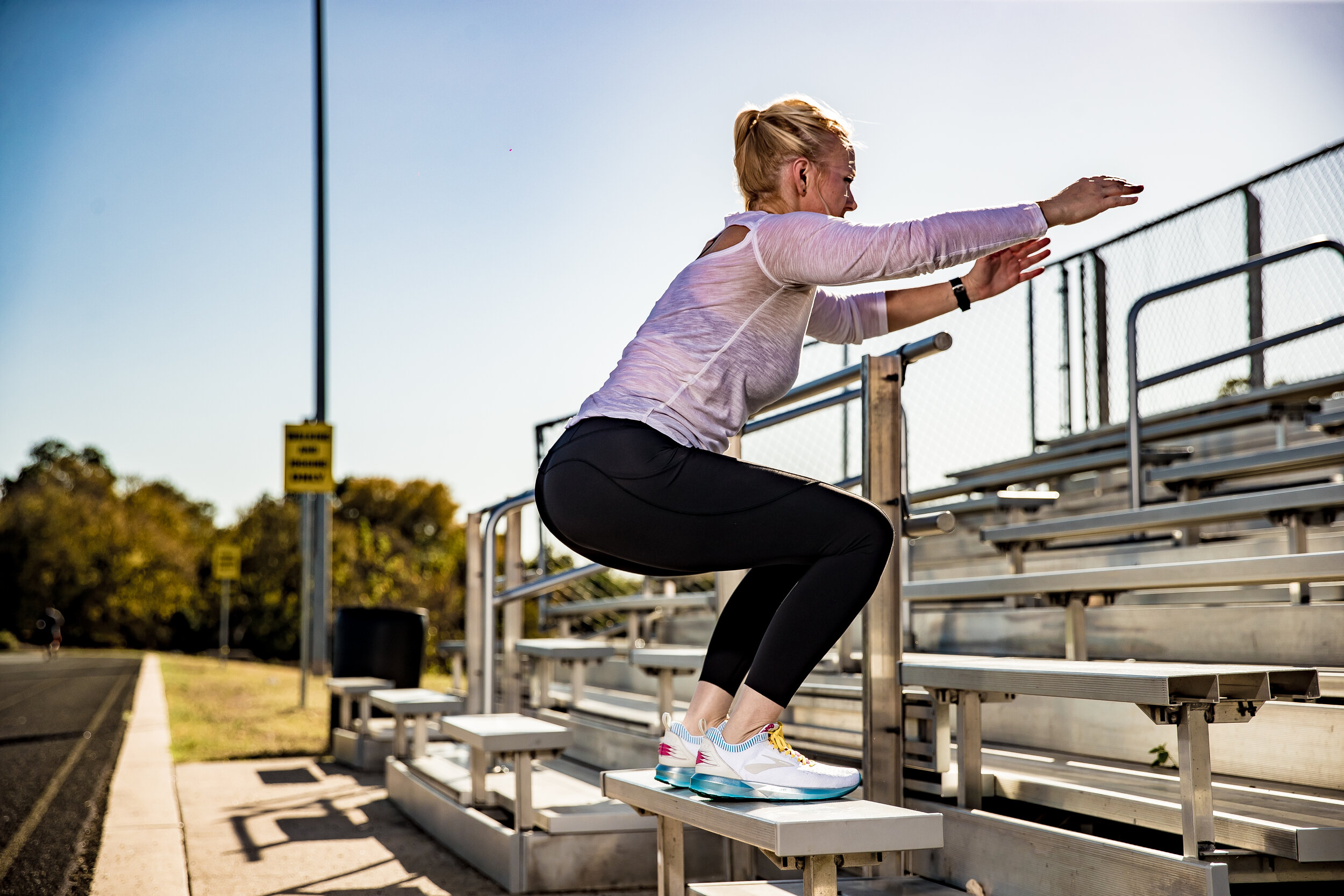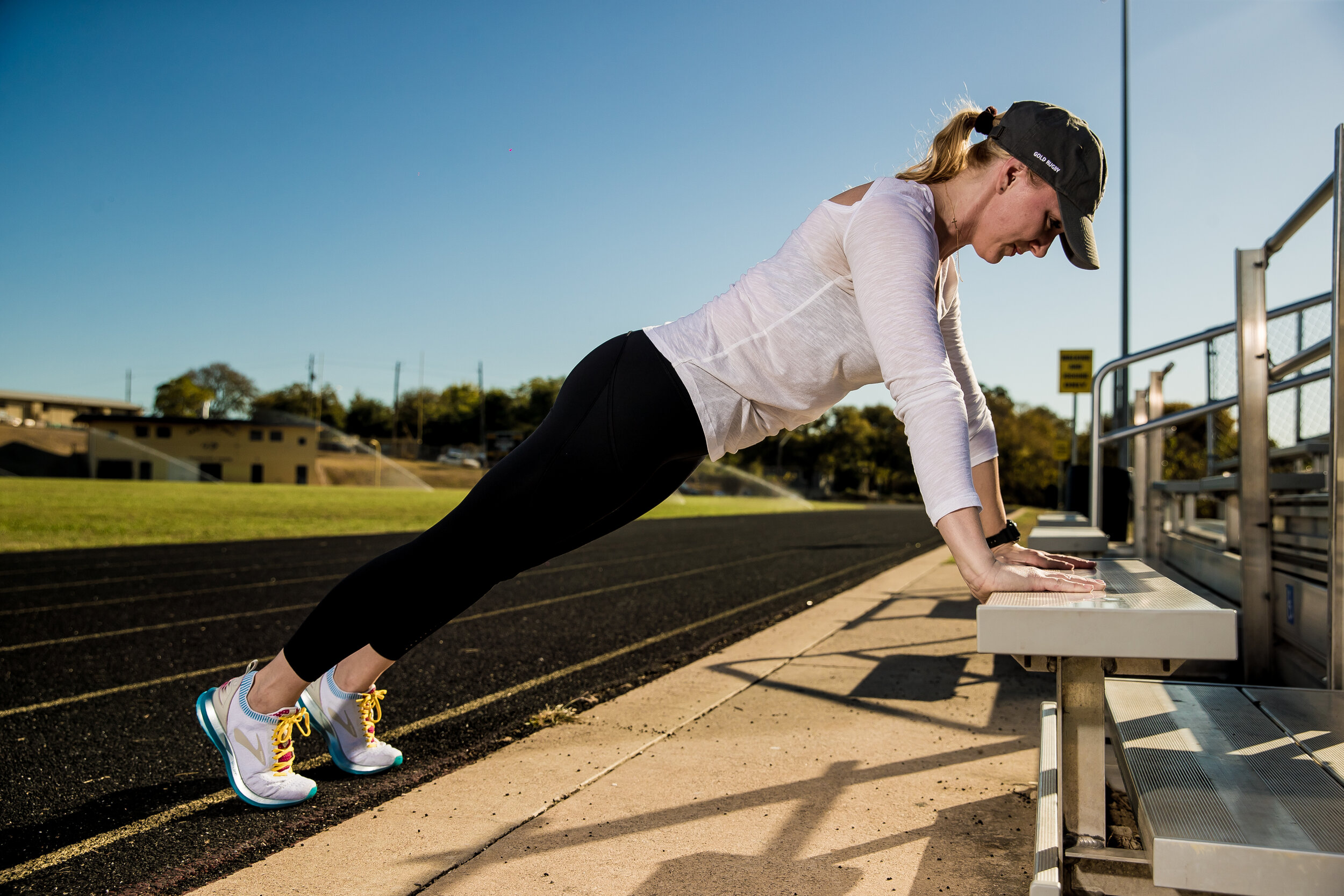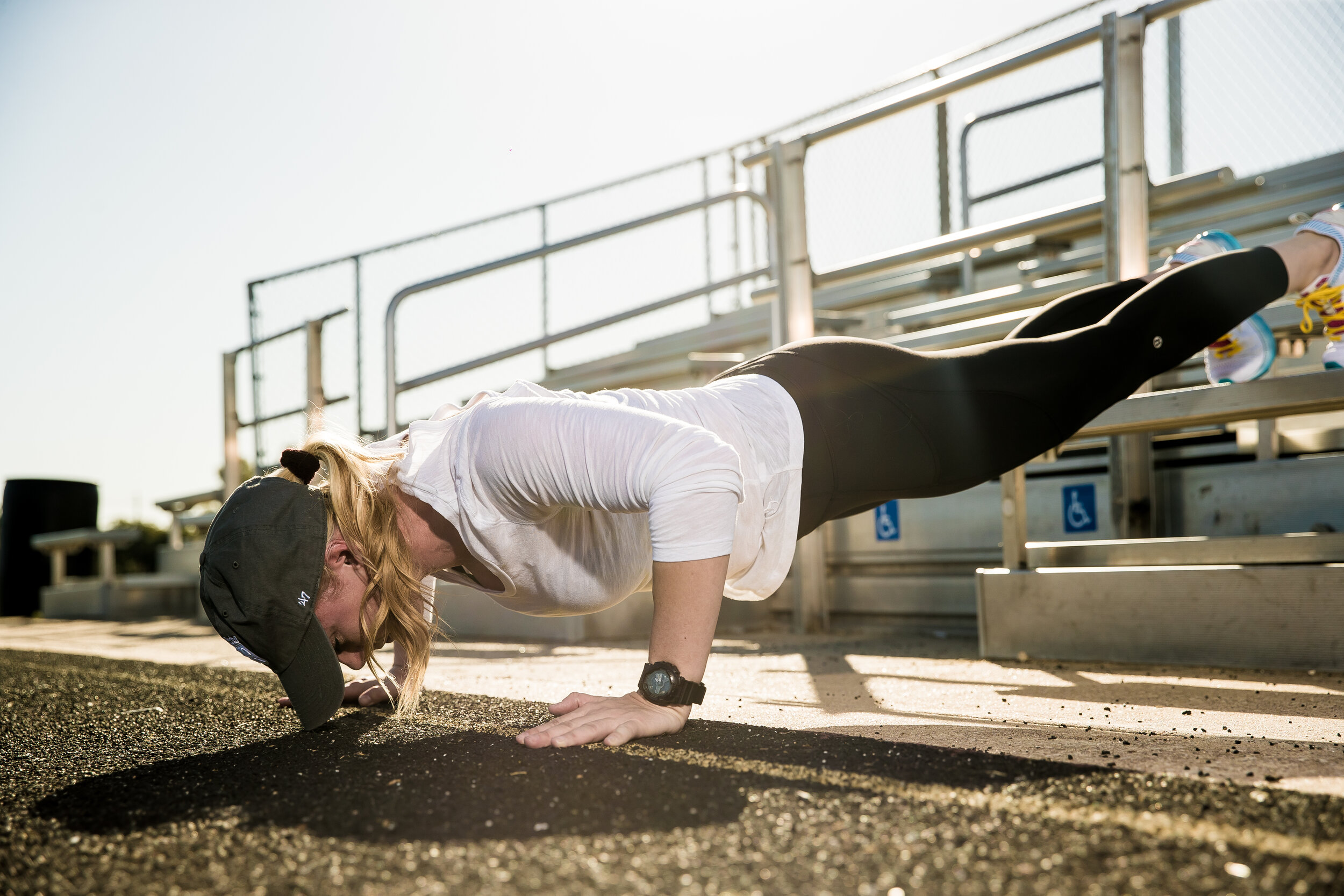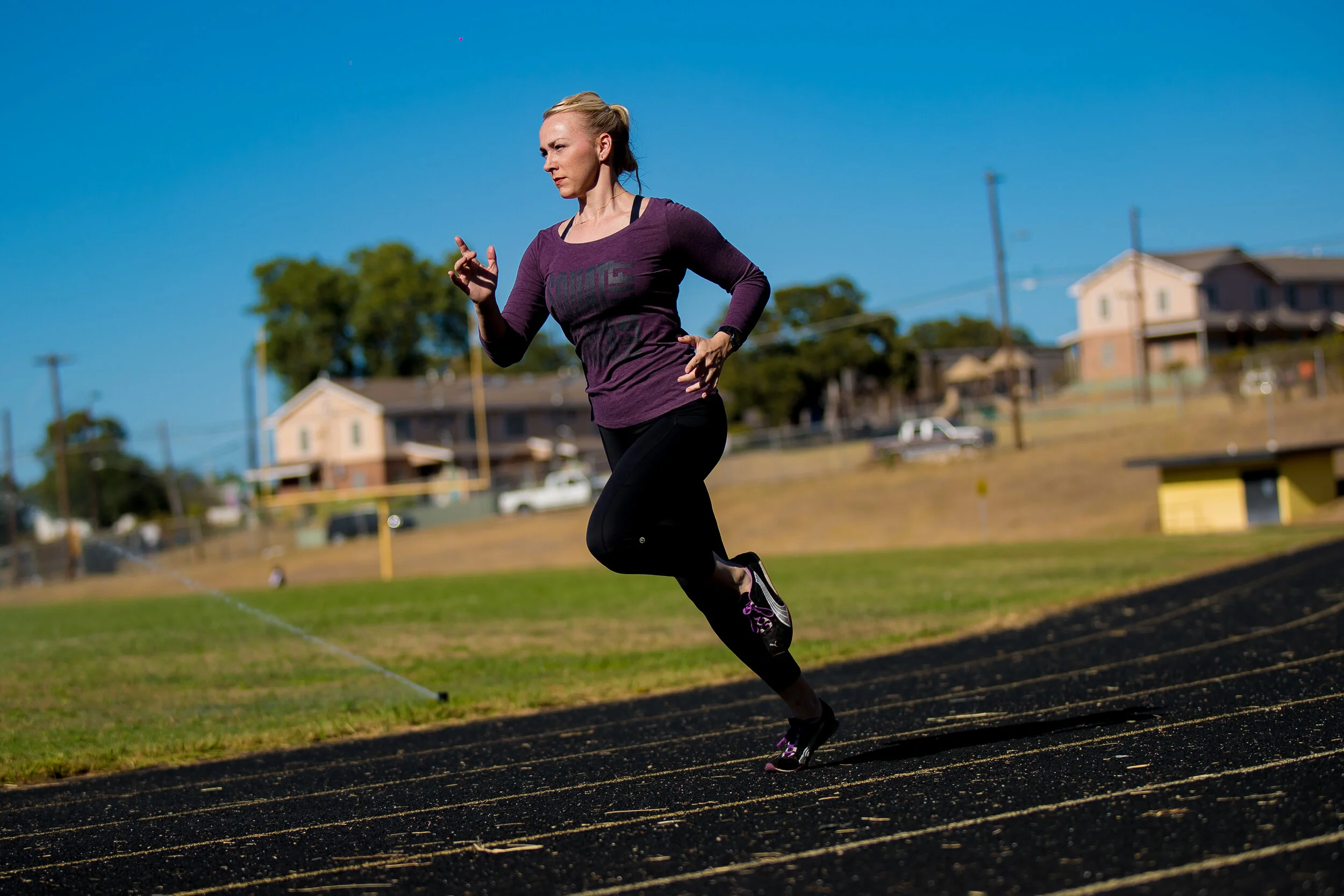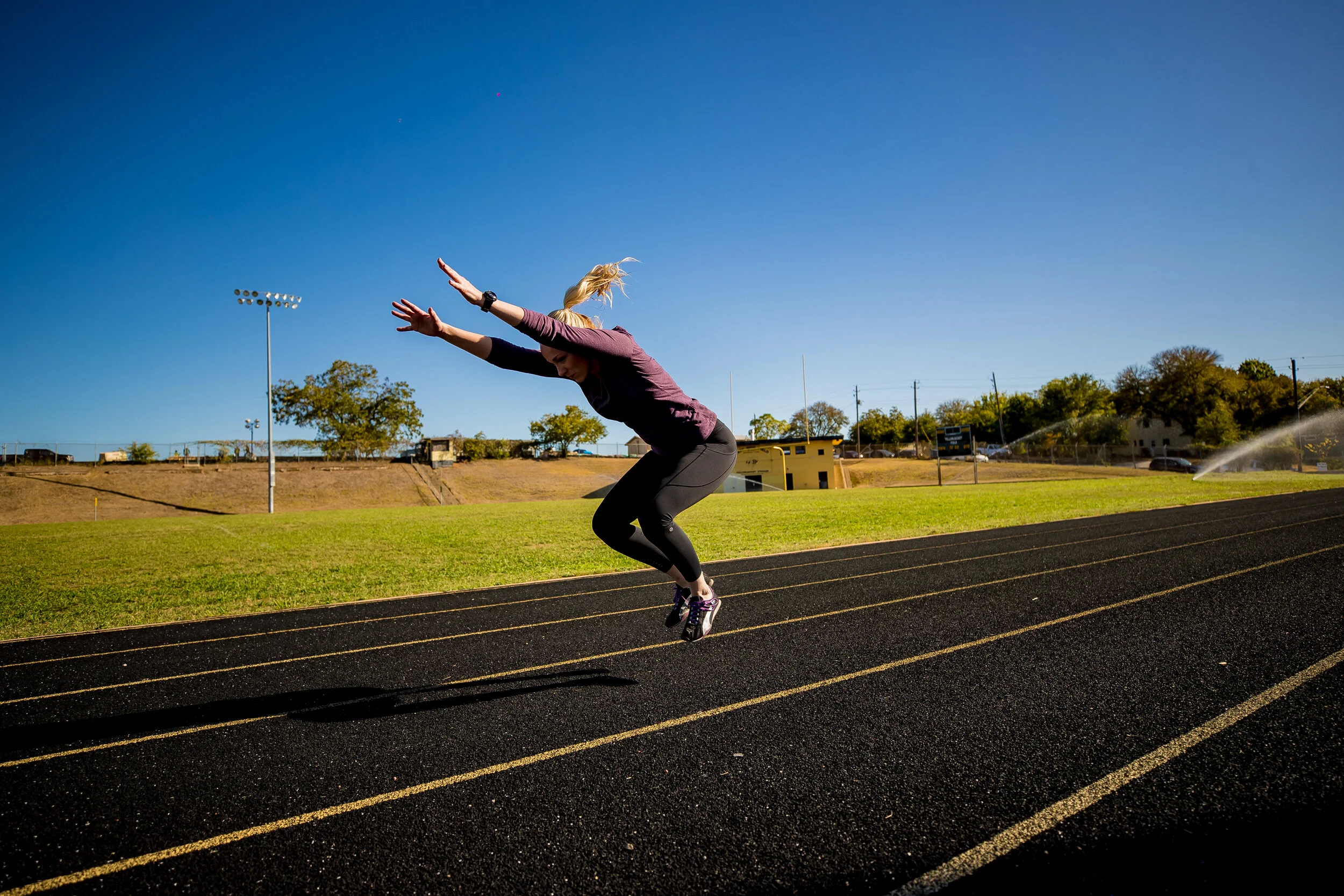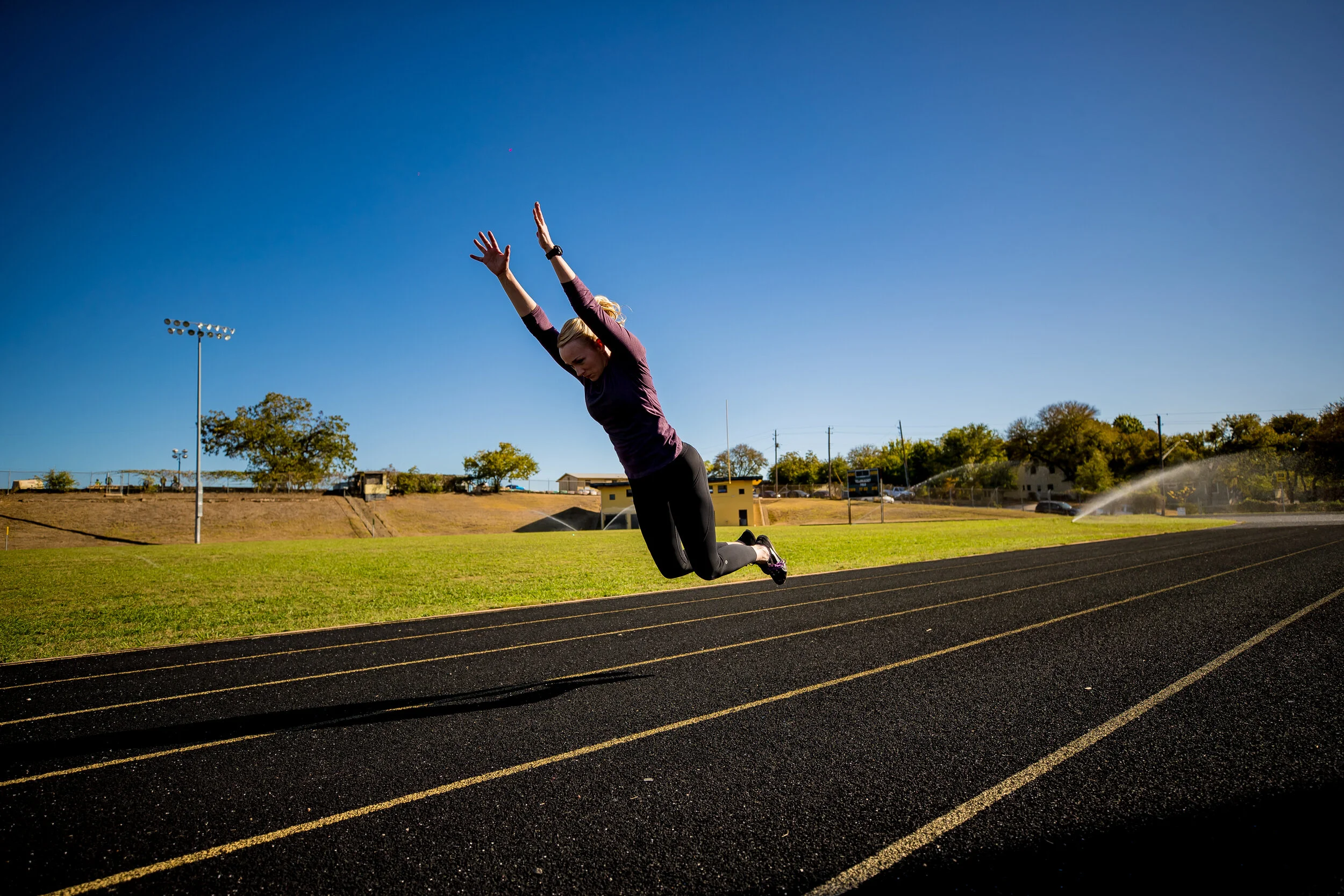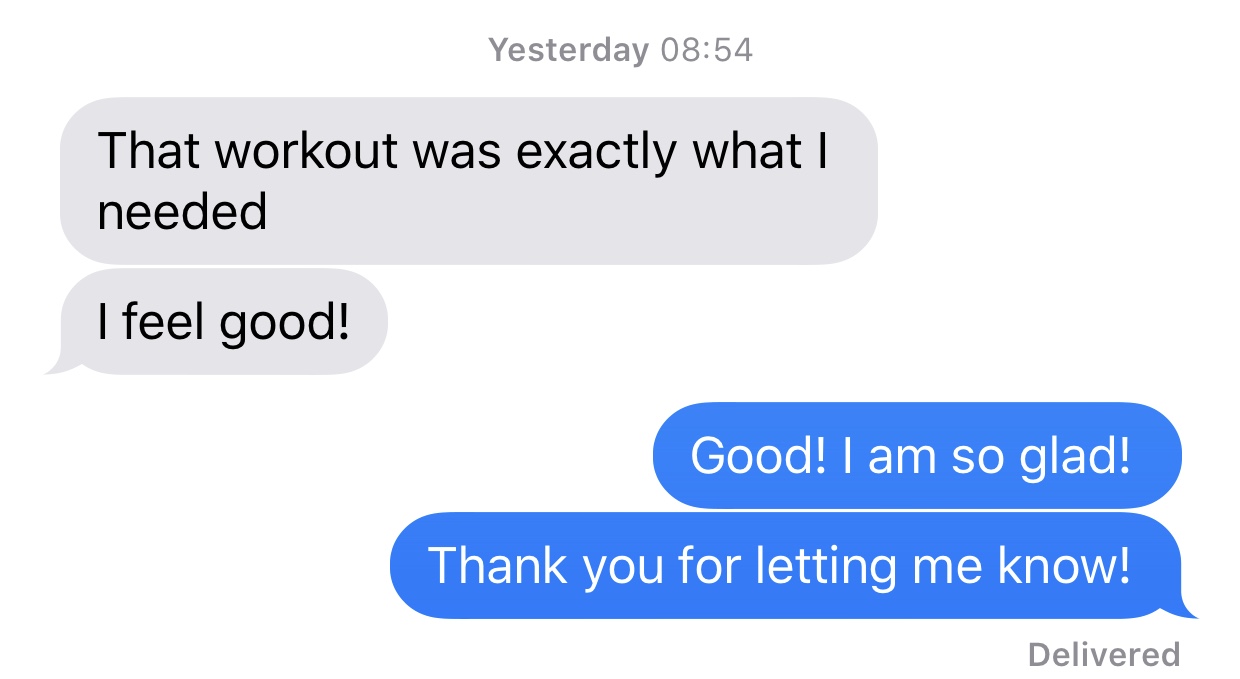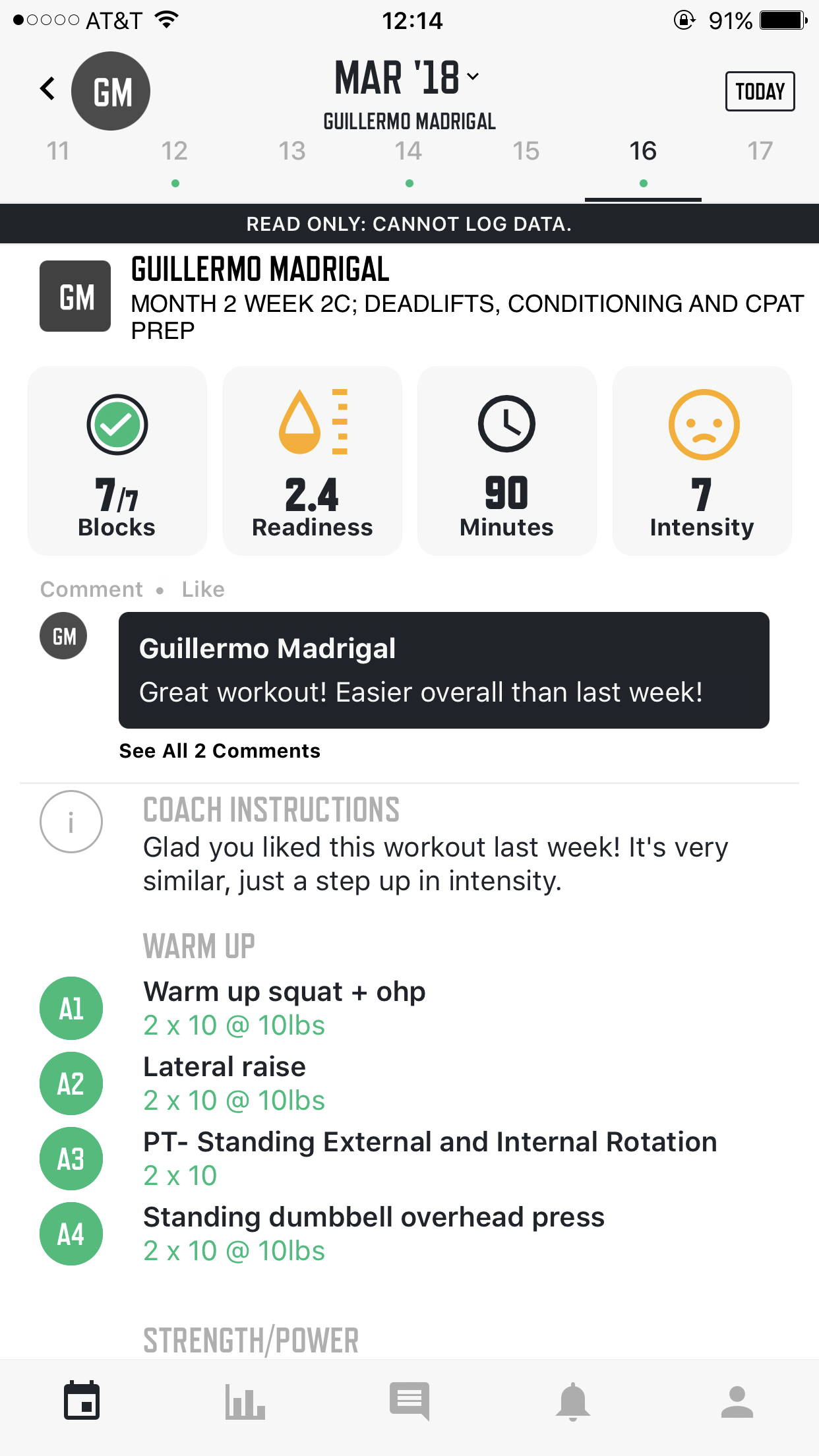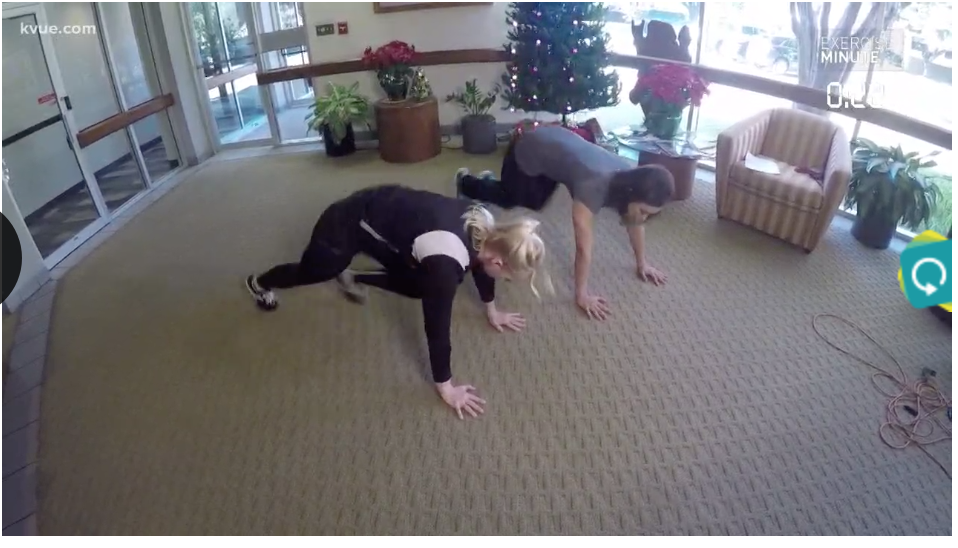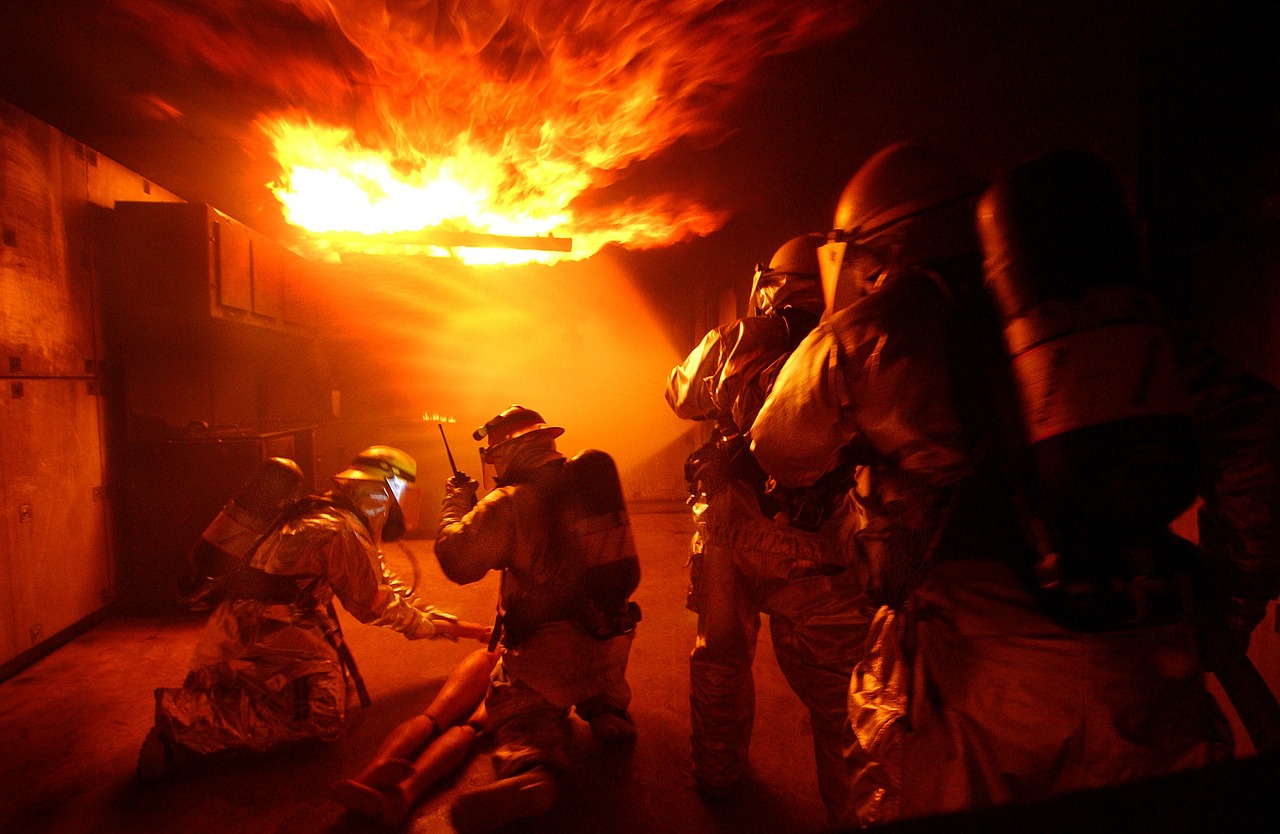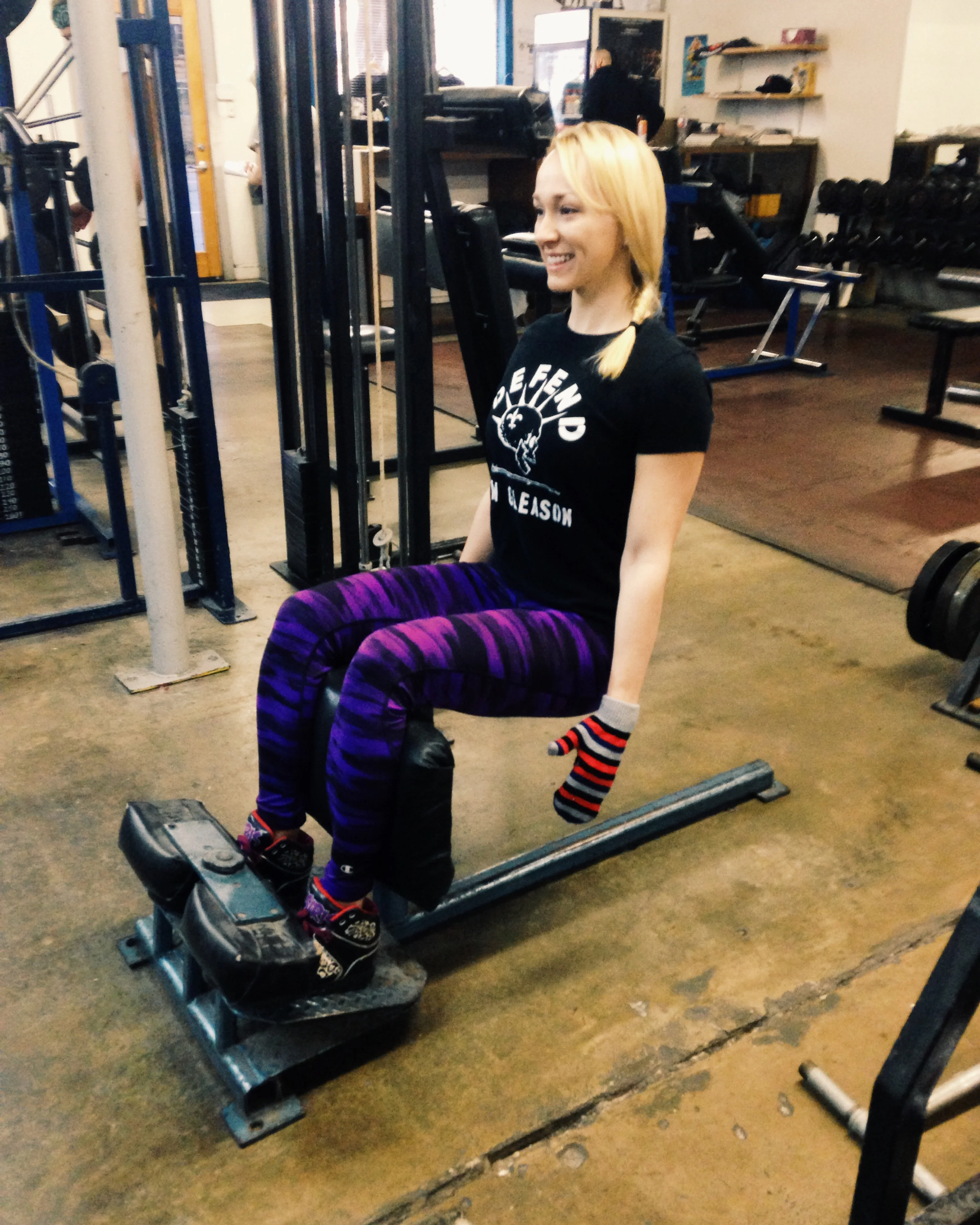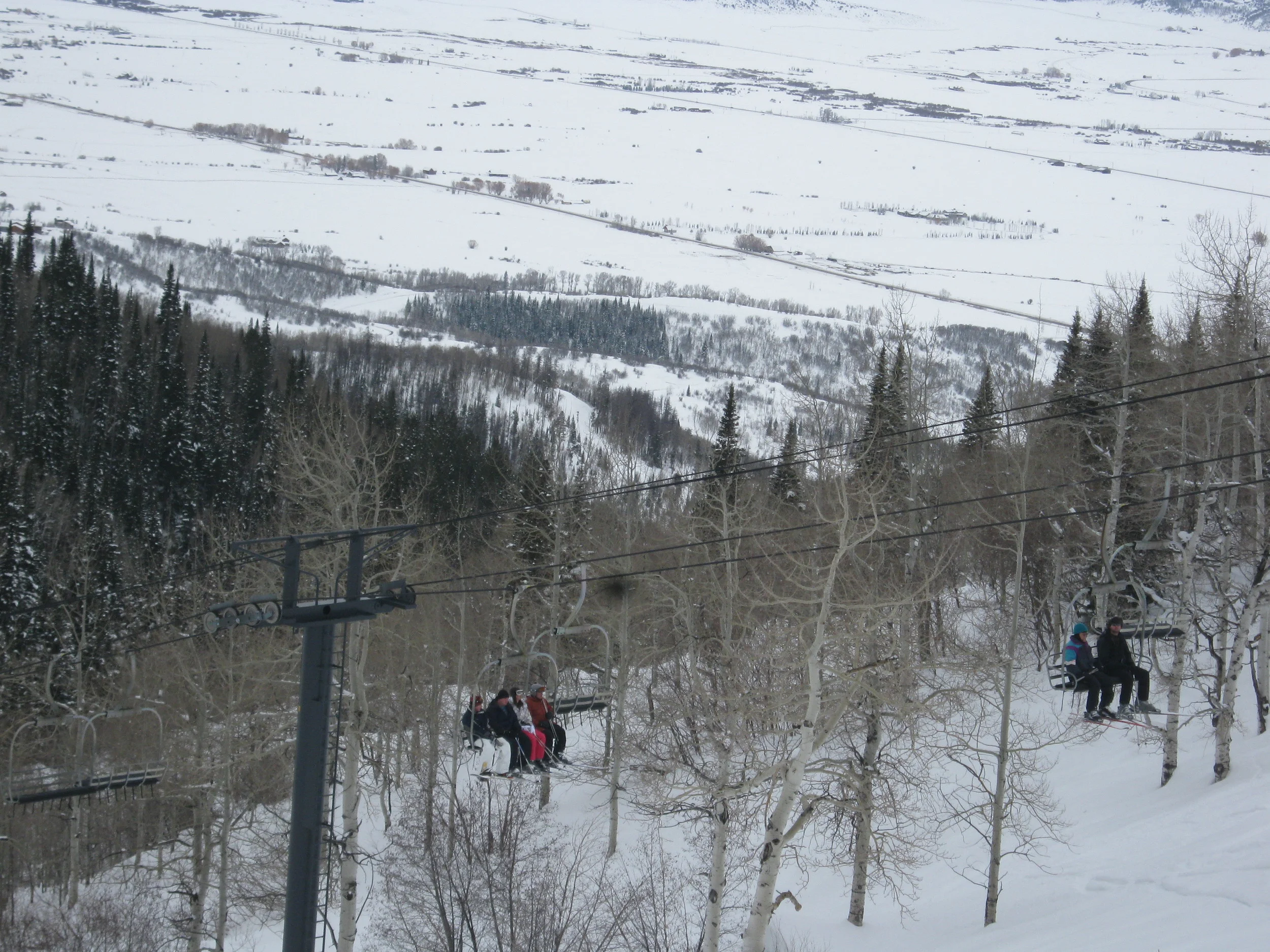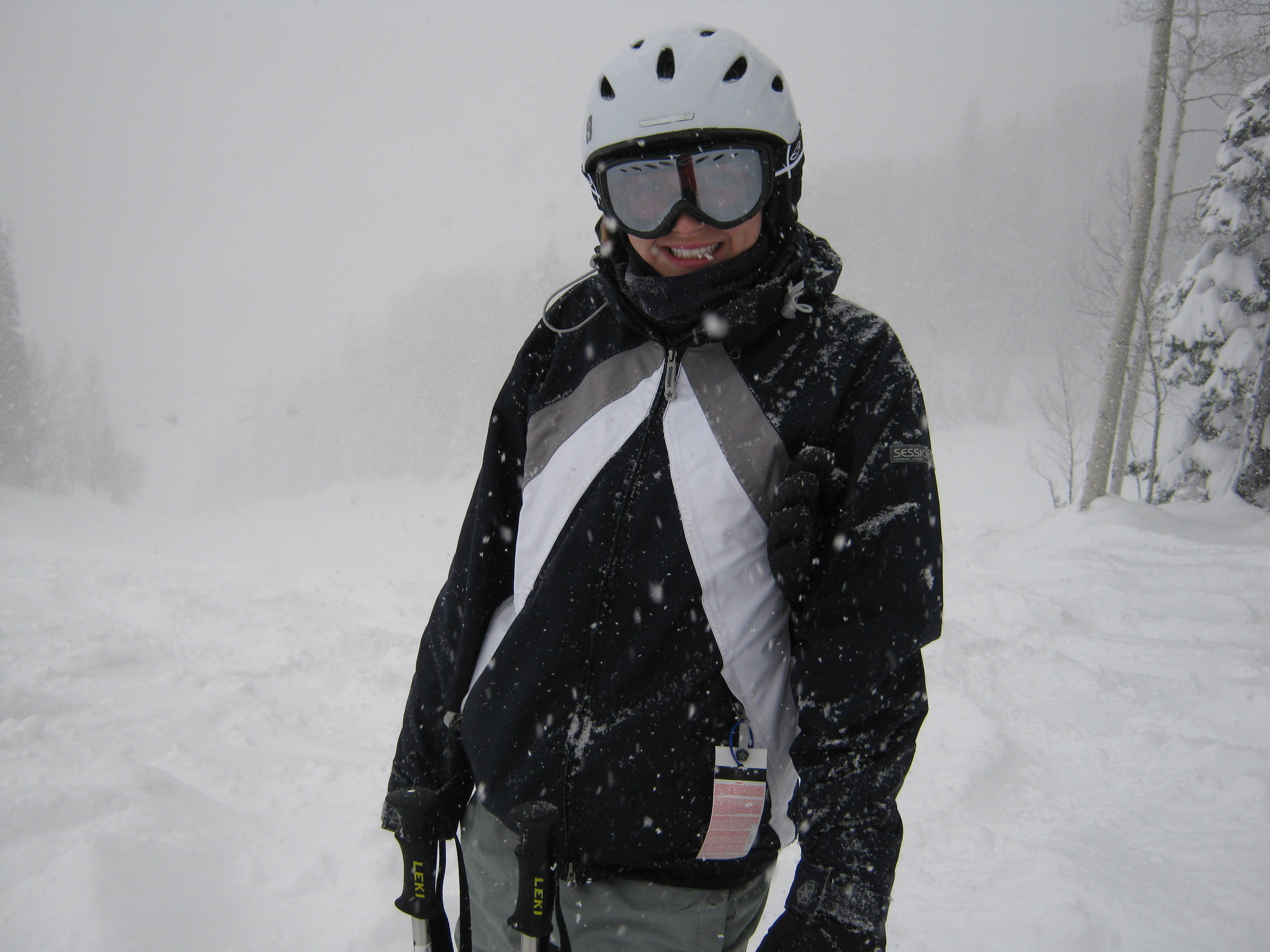Y’all, it’s 107 degrees in Austin again, so you might want to move your session indoors. This is a full body workout you can do inside to escape the heat.
This full body workout focuses on calorie burn and conditioning. You’ll use medium weights but it won’t be heavy work.

Get Your Burn on Inside
Think of this workout like a steady flow session and rest as you need. There will be 2 parts, or circuits. Do all of the exercises in the first circuit, one time. Rest, and repeat. After you have done that circuit, you’ll begin the second circuit.
For example, you’ll do one set of reverse lunge, one set of bear crawl, one set of breaststroke, then one set of alternating toe touch. That is Circuit 1. Rest. Then repeat that circuit as many times as you’d like before beginning Circuit 2.
Each of the exercises below is a link to a how-to video.
The Exercises, Circuit 1
The Exercises, Circuit 2
Modify, Don’t Miss
I wrote earlier this week about how you can modify but not miss a workout. This is a great example! It’s really not advisable to go train in the heat, so try the above session and let me know how it goes! If you need to move a little more weight than this session allows, check out the best gyms in Austin, and pop in one for a good session.
Would you rather a custom program? If so, I take into account where you will train and what equipment you have. I will not make you do burpees or exercise outside 🙂 Let me know if you’d like to do a free consult to see if we are a good fit!
Related: Check out the best ab exercises here and easy gym mistakes to avoid.

About the author
Kathryn Alexander is a strength coach and personal trainer in Austin, Texas. She loves hiking, college football, and the feel of a perfectly knurled barbell. Read more about Kathryn here.















